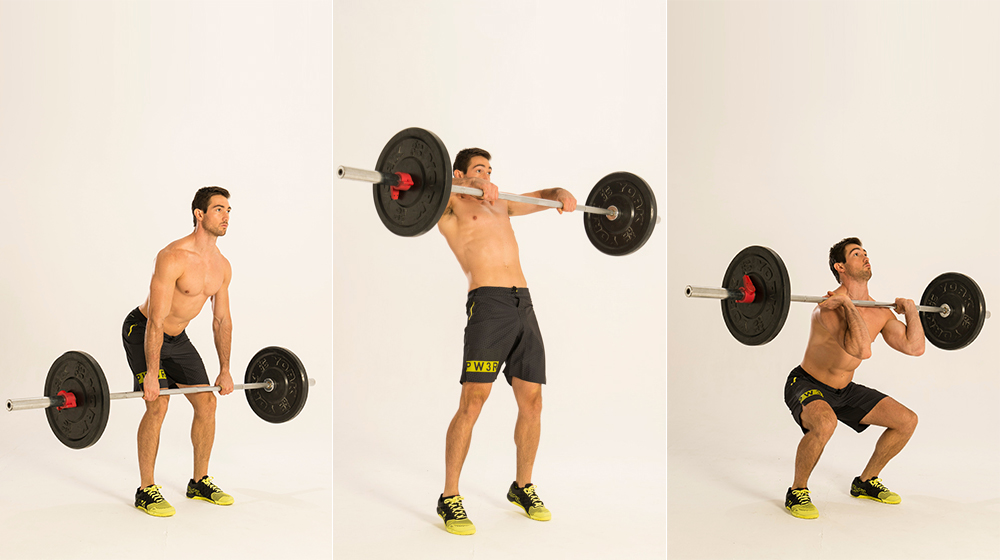Summer is here! At this time of year, many of us are taking advantage of the warm weather by spending more time outside. Whether you’re cycling, golfing, jogging, hiking, or even just going for a walk in your neighbourhood, exercising in the heat of the summer can leave you feeling hot, thirsty, and exhausted. Exercising in warm weather is perfectly safe if you take the proper precautions and listen to your body.
When you exercise, your body produces heat. In fact, muscle activity during exercise can increase the body’s internal heat production by as much as 15-20 times, when compared to resting levels of heat production. Exercise intensity and duration, body size and shape, fitness level, acclimatization, state of hydration, and type and colour of clothing can also affect the body’s internal heat production. Your body temperature is also affected by external heat sources, such as the temperature and humidity in your environment. Heat radiation from reflective surfaces — such as pavement, concrete, or sand — may also make you feel hotter.
But here’s the thing: the human body is designed to operate in a very small, precise temperature range, from 36.5°C to 37.6°C (or 97.7°F to 99.7°F). Your body can’t function properly when its core temperature is outside of this range; this might be due to fever, hypothermia, or heat-related stress, for example. Thankfully, humans have a built-in thermostat — the autonomic nervous system — which regulates your core temperature so that it stays within this range. This means that when you’re exercising (i.e. your muscles are generating more heat), your body is simultaneously trying to cool itself down.
There are two primary processes that help your body cool down: sweating and vasodilation. Sweat glands become activated when your core temperature increases, bringing water and salt to the surface of your skin. As the sweat evaporates from your skin, your body cools down. Vasodilation — the expansion of your blood vessels — also helps to regulate body temperature. When your core temperature increases and you start to feel hot, your blood vessels expand. This increases blood circulation closer to the skin surface, where some of this heat can be released, and your body can cool down. This is why you might look a bit red after working out; your blood vessels dilated to help you cool down!
However, when blood flow is directed more to the skin (during vasodilation), there is less blood available for other parts of your body, which can lead to concerning symptoms such as headaches, dizziness, and exhaustion. If you experience any of these symptoms, or any other symptoms outlined in the infographic below, make sure that you stop exercising, drink something cool, relocate yourself to a cooler/shaded area, put cool compresses on your armpits and groin, and loosen your clothing.
It’s important to be mindful of heat-caused illnesses when spending time outdoors this summer. The infographic below describes the most common heat-caused illnesses, from mild stages (heat cramps) to more serious conditions, such as hyponatremia or heat stroke (both of which can be fatal).

Sports & Exercise Medicine Institute is the leading sports medicine, physiotherapy, and chiropractic clinic in the Greater Toronto Area. We offer expert diagnoses, a variety of treatment options, and high-quality care. Click here to learn more about the services we offer, or contact us to schedule an appointment.






